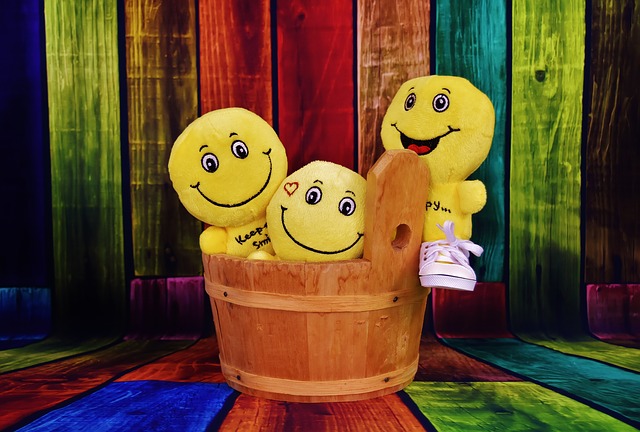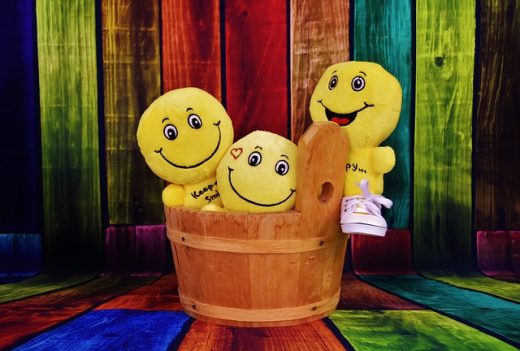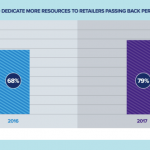Emotional Branding vs. Quantitative Measurement. Or How Fear, Happiness, Sadness, Anger, Anticipation and Surprise Beat “Buy Now” Every Time
— April 8, 2017

Working on a CM project recently, I had the privilege of collaborating with one of the industry’s thought leaders. While laying down the basic building blocks of our strategy, something became increasingly clear: he and many other leading digital marketers seem to be wholly centered on the delivery of offers. Now don’t get me wrong, offers are extremely important to measuring engagement and ultimately triggering a conversion. But I’m sure at least some of you would agree that they are not appropriate for all parts of the buyer’s journey nor are they the only consideration for customer interest. In short, analytics can’t capture everything; emotion leading to a predictable outcome can.
Having expelled lots of hot air about brands here and throughout an analog agency career, my take on digital, or specifically customer lifecycle content marketing is that most of it is about making emotional connections. Only selectively, do offers yield the preferred outcome.
Emotional connections, on the other hand, are drivers in building customer brand equity. (The others are awareness, relevant differentiation, value, and accessibility.) The consumer must first know your brand, then like your brand, trust your brand, and finally be encouraged to experience an emotional bond with it. CM seems uniquely suited to do this.
People become emotionally connected to a brand for a number of reasons:
- The brand stands for something meaningful to them. It shares values with them.
- The brand is dynamic and animated. It connects with people on many levels.
- The brand is different in a way that matters other than monetary.
- The brand (people, products, services, and reputation) are trustworthy and respected.
- The brand engages with them. It keeps them interested and involved.
- The brand makes them feel good, sometimes without them realizing how or why.
There are many ways to create catalysts for this emotional connection—from advertising and in-person contact, to customer involvement in branding events. Emotional connections can take your customers beyond loyalty to the ultimate goal of brand advocacy.
Often, advertisers scratch their heads when a well-conceived brand story doesn’t “suck them in” right away. So it is especially important to create a branded culture where all of your employee-to-customer contact is rooted in the brand values of trustworthiness, helpfulness, courtesy, and friendliness. To go a step further your non-digital brand ambassadors could be empathetic, good listeners, and attentive. It is so much more than “let’s have a sale this week.” Remember, good service leads to increased business and is all about creating positive feelings, treating people well, and solving people’s problems. And like service, relationships, and familiarity beat naked offers over the lifecycle much more often than not.
Any brand that seeks to create emotional connections should find ways to tap into these and other underlying human motives. Human needs such as love, power, emotional security, and ego-gratification, which are subconsciously emotion-based, serve as a foundation for emotional branding and allow marketers to create a self-fulfilling event when it comes to consumer needs. People want to fulfill needs, and advertisers promote the need to fulfill them in a perpetual cycle of give and take.
So, while traditional consumer decision-making models are grounded in the theory of rational, time sensitive, quantitative choices and are largely cognitive and sequential in nature, Emotional branding is irrational and non-quantitative. That’s why my digital colleague has a hard time wrapping his head around an analytics framework to measure its impact. Simple elements like imagery, music, and memories can trigger irrational, yet meaningful response playing on our feelings, but are chosen qualitatively.
Sometimes branded storytelling takes an emotional marketing narrative of the hero and turns it inward. For example, one narrative could work off of “You are the hero” and your lazy side is the villain. To put this in perspective an optimal strategy would be to include both cognitive and affective messages in the marketing strategy. Bottom line is that in my opinion and experience to do this well, we can and should spend more time knowing and appealing to our customer’s feelings before we ask his wallet to show us the love.
Digital & Social Articles on Business 2 Community
(40)













